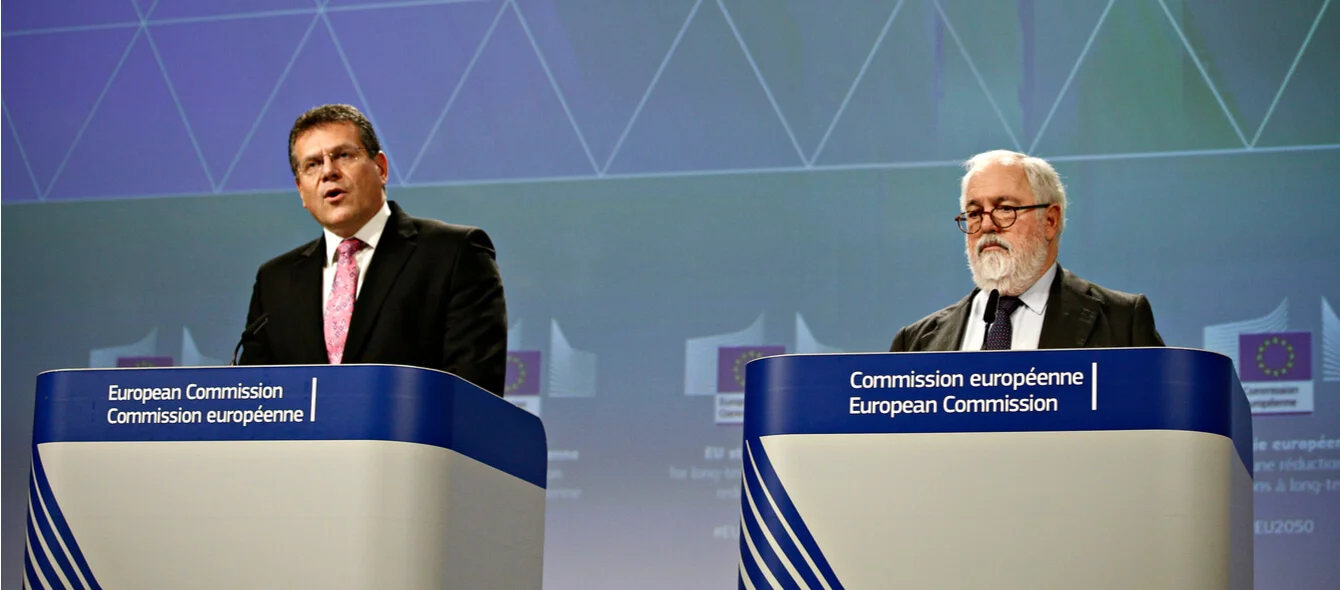It has taken four solid years and hundreds of hours of negotiations, but it has all been worthwhile – according to Maroš Šefčovič, Vice-President of the EU Commission, who was responsible for the undertaking: “We have delivered”, he stressed in relation to the fourth report on the Energy Union, which the Brussels Commission published last Tuesday over a total of 27 pages. Together with EU Energy and Climate Commissioner Arias Cañete, the Slovakian expressed his satisfaction with how the internal energy market has developed in recent years. Says Cañete: “The Energy Union is complete.” It not only constitutes the “most ambitious and progressive climate and energy system in the world, but also forms a good basis on which we can build a modern, prosperous and climate-neutral economy for 2050”.
The original goal of the Energy Union was to make the EU less dependent on imports of fossil fuels. Over time, however, the European Commission has no longer only been concerned with security of supply, but also with climate protection. As a reminder: the targets set by the EU for 2020 are to decrease carbon emissions by 20 percent versus 1990, establish a 20 percent renewables share in the energy mix, achieve 20 percent energy savings and meet an interconnection target of ten percent. Here, for example, the report refers to the better integration of previously isolated regions such as the Baltic States and the Iberian Peninsula into the European electricity and gas networks.
Challenges are made clear
Although the EU-paper paints a generally positive picture, it also makes it clear that there is still work to be done in certain areas – for example to hit the climate targets described above. The Commission, for example, writes that the renewables target will “most likely” be achieved. However, there are clear references to individual member states having issues in hitting the 20% target. The situation is even more difficult when it comes to energy efficiency, which is currently set at ‘only’ 17 percent across Europe. Delays in the implementation of measures and a lack of new policy initiatives are identified as the main reasons.
In the meantime, even more ambitious energy and climate goals have been set for 2030. “Although many member states have included the relevant figures and targets in their strategies,” says EU Commissioner Arias Cañete, “the concrete measures and policy instruments needed to achieve these objectives are still lacking.”
